A Plantation Burned and Black People Celebrated.
In a country that refuses to acknowledge its history, Black people find joy in the ashes.
On May 15, 2025, Nottoway, the largest surviving antebellum plantation, which was being operated as a resort and wedding venue (yes, you read that right — a former slave plantation being operated as a resort), burned to the ground.
And (some) Black people rejoiced. I say some because contrary to popular belief, Black people are not a monolith, and we do not all share the same opinions. But for me and my household (which, for the record, is just me), the afternoon was spent smiling from ear to ear just like my play cousins below.
Nestled along the Mississippi River in Louisiana, the sprawling plantation, a 64-room, 53 thousand square foot mansion, was owned by John Randolph, who amassed his wealth due to sugar cane and the over 150 enslaved people he owned. These same enslaved people also built this plantation.
Its burning garnered national coverage, with people mourning the loss of such a ‘beautiful and historic’ building.
Only in a country as anti-Black as the United States, will people mourn the loss of the ‘beautiful’ structure while failing to acknowledge the atrocities of slavery — the very institution which allowed slave owners to amass wealth and build said structures.
Unfortunately, anti-Blackness and white supremacy are as American as apple pie. Learning actual history —the realities of slavery— would force people to confront not only the racism of the past and the way it has shaped literally every aspect of our country, but also to confront the racism that still exists today.
And despite this false notion, that “not all slaves were treated badly” — a wild statement to make about people who were ripped from their continent and bought and sold as possessions by other people — the life expectancy for slaves on sugar cane farms such as Nottoway was around 7 years. Being sold to a sugar cane plantation versus a cotton plantation for example, was basically a death sentence.
White Americans love to downplay the severity of the Transatlantic slave trade. Slavery was brutal, gruesome, horrendous, and dehumanizing beyond understanding.
For over 400 years, tens of millions of Africans were captured, tortured, raped, and forced into labor.
It’s estimated that:
12.5 million Africans were forcibly taken across the Atlantic.
Another 2 million died during raids, forced marches to the coast, and confinement in African holding forts before even boarding ships.
Nearly 2 million people died during the Middle Passage (the journey from Africa to the Americas) due to overcrowding, starvation, disease, and abuse.
Approximately 4 million people died before they ever made it to a plantation.
Over 12 million Africans lost their lives to the Transatlantic slave trade.
Four hundred years of people who lost their freedom, their art, their creativity, their entire lives to this country.
And yet, people want to trivialize the history and romanticize plantations as being ‘beautiful’ and ‘scenic’, when the very land on which these structures stand is the same ground on which the ancestors of Black Americans (people such as myself) were terrorized. Where both women and children were brutally raped and bred like livestock. Where men and women hung from trees. Where their bodies were worked and beaten until their death.
So no, as a direct descendant of enslaved people, I will not mourn the loss of Nottoway. Because I don’t think people should be vacating or getting married where the ancestors of Black Americans were tortured.
When speaking of the history of the property, the owner, William Daniel Dyess, said the following:
“I take this position — we are non-racist people. I am a lawyer and my wife is a judge. We believe in equal opportunity rights for everyone, total equality and fairness. My wife and I had nothing to do with slavery but we recognize the wrongness of it. We are trying to make this a better place. We don’t have any interest in left wing radical stuff. We need to move forward on a positive note here and we are not going to dwell on past racial injustice.”
Understanding the harsh realities of slavery and the very inception of this country — a nation built on stolen land and built by stolen people — is not ‘left wing radical stuff’.
For Black Americans, it's our history. It’s woven into the fiber of our existence.
As I was pondering on this topic and my own connection to the Transatlantic slave trade (my great-great-great grandmother) was enslaved, I came across the following words on Threads by Xavier:
My great-great-grandmother (my mom’s great-grandmother) was enslaved on the Allard sugar plantation—land that’s now City Park in New Orleans. Sugar plantations weren’t just fields. They were engines of fire. The labor never paused. Cane had to be cut, hauled, boiled down. The mills ran on stream, and the people were expected to match that intensity—day after day, season after season. Sugar required a different kind of heat. One that burned from the inside out.
That’s what came to mind when I saw that Nottoway—the largest sugar plantation in Louisiana, now a resort—had burned. People called it tragic. But I kept thinking about what it means for a place built on fire to finally be taken out by it. The heat that once pressed against Black bodies in the name of profit came back in another form. Not justice. Not revenge. Just return. Plantations like Nottoway have spent years trying to cool the story down—rebranding pain into heritage, turning furnaces into photo backdrops.
But fire remembers. It has a way of coming back for what was never buried properly. Her survival in that kind of heat means something. It means everything. Because to survive sugar was to live through fire without turning to ash. And even now, generations later, I carry the ember of that endurance—not as a symbol of pain, but as proof that even in the hottest, most violent conditions, something remained. Something resisted. Something refused to burn.
The last line “something refused to burn” resonated so deeply for me because as a descendant of enslaved people, I am living proof that despite it all, I’m here — a free, living, breathing representation that we lived through the fire.
So yes, I found joy in the ashes of Nottoway.
I reveled in its decimation unapologetically.
Because unlike The Whitney Plantation, a non-profit museum dedicated to educating the public about the history and legacy of slavery in the U.S., Nottoway sought to erase the legacy of slavery on its ground, using its website’s history section only to discuss the ‘majestic oak trees’, with no acknowledgment of slavery whatsoever.
In a country that works overtime to erase the tragedies my ancestors endured, the destruction of Nottoway feels like a tiny drop of retribution. Because while it won’t change or correct any of the harm caused, at least white people will no longer stand on the blood of ancestors to celebrate their vows. They won’t vacation on grounds created from the blood, sweat, and tears of enslaved people. They won’t continue to profit from our pain.
The Transatlantic slave trade was a tragedy that lasted for generations and even after it legally ended, morphed into sharecropping, Jim Crow, and eventually the industrial prison complex, subjugation by another name. To develop a deeper understanding of this, I recommend reading The 1619 Project by Nikole Hannah-Jones.
And finally, as I alluded to at the beginning of this article. I am one Black woman expressing my opinions. Other Black people are entitled to feel differently and their opinions are just as valid.
Thank you so much for reading The Liberation Collective. I’m eternally grateful to have you here. You can also follow along on Instagram and TikTok. And if you want to partner with me, you can email me at info@chrissyking.com
Support Black Women Writers.
Your support as a paid subscriber on my Substack is essential to sustaining the work I do. I’m committed to keeping my writing accessible to everyone, but to maintain this structure, I need your help. By subscribing, you’re not just supporting me, a Black woman writer, you’re investing in a platform that’s committed to sharing meaningful and thoughtful content.
Please consider joining as a paid subscriber today to support my work.





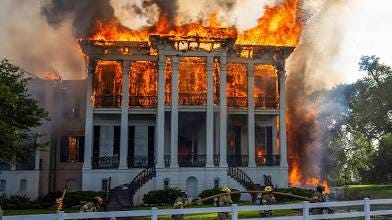

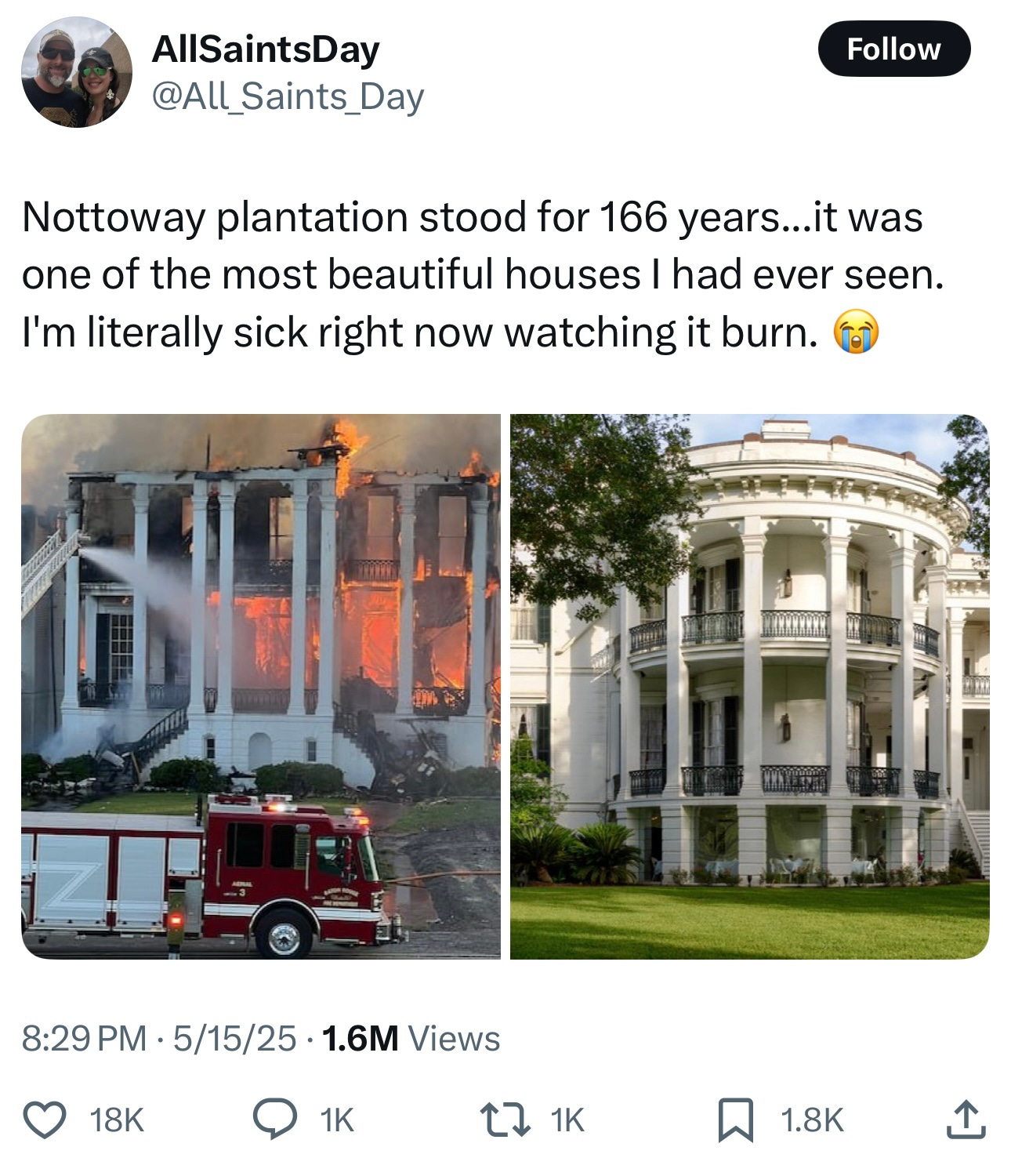
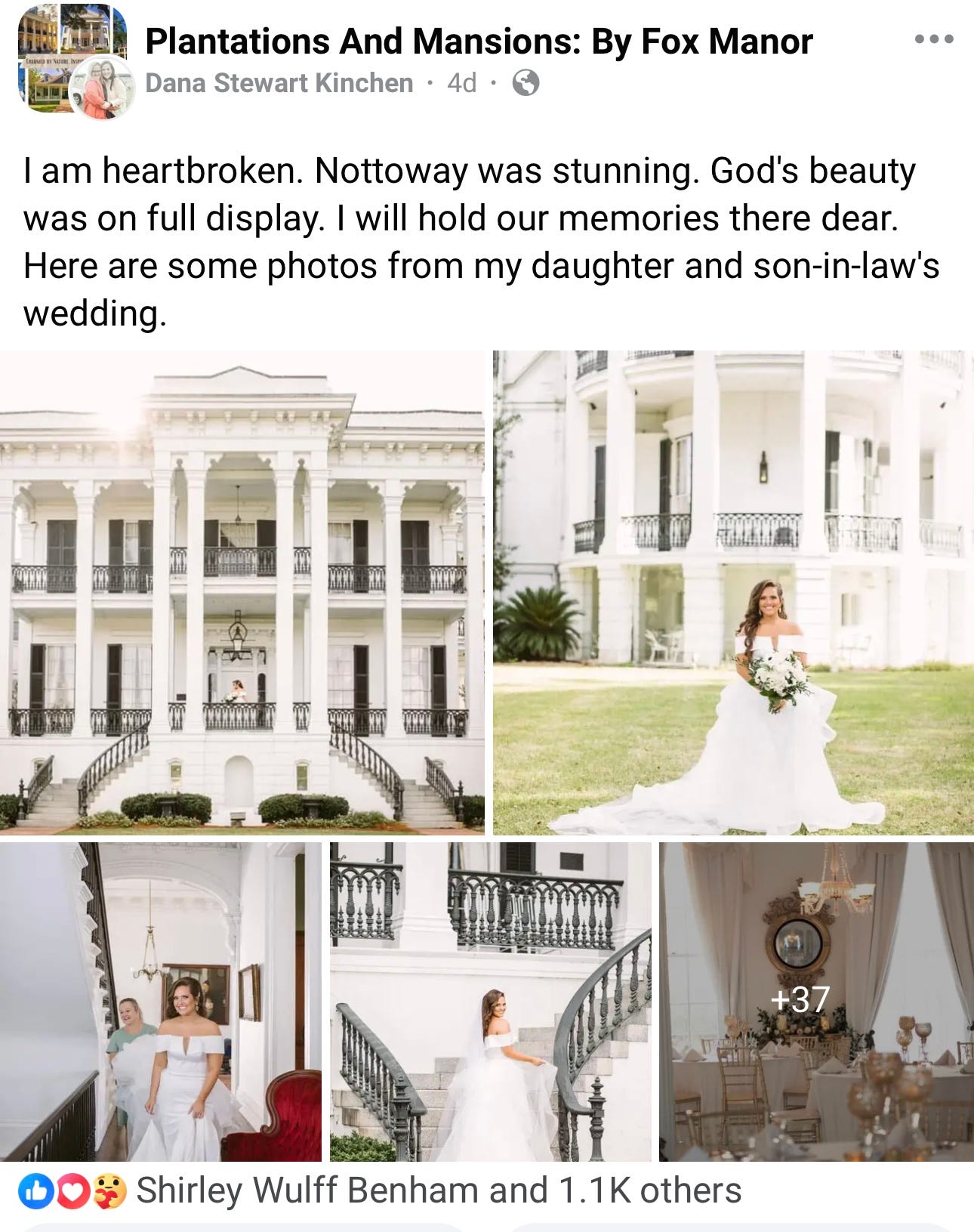
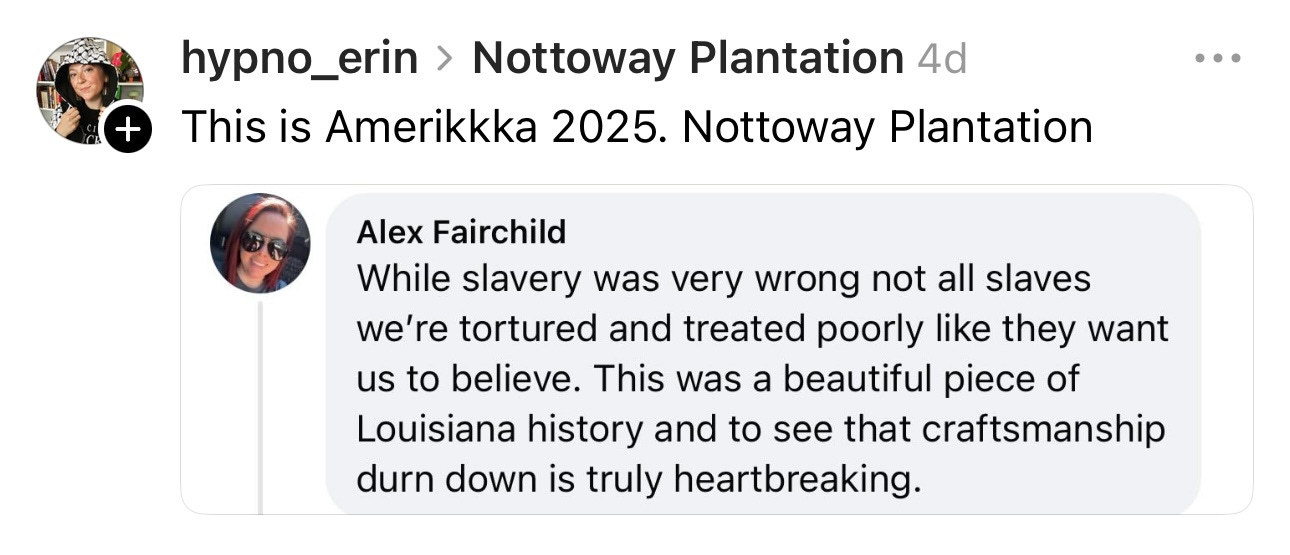
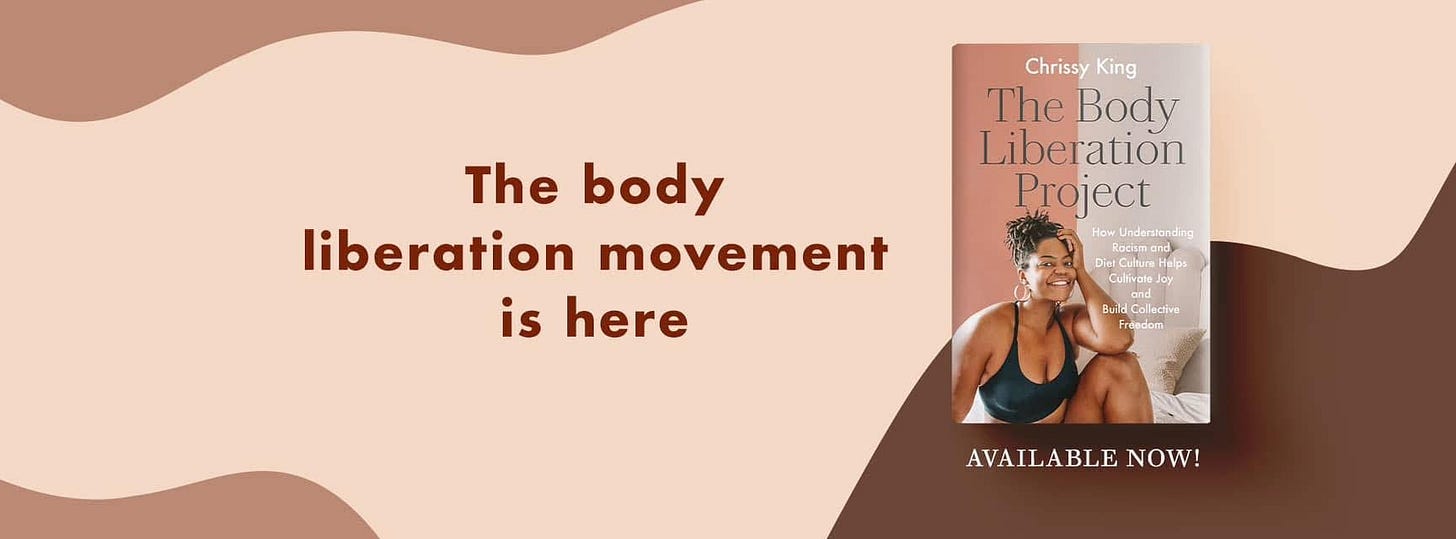
Such a beautifully written piece!
This is from Scroll XVI of my project The Hidden Clinic. I wrote it as a prayer—not a statement. Not for applause. Just rhythm for witness. https://thehiddenclinic.substack.com/p/to-the-ones-who-were-set-on-fire